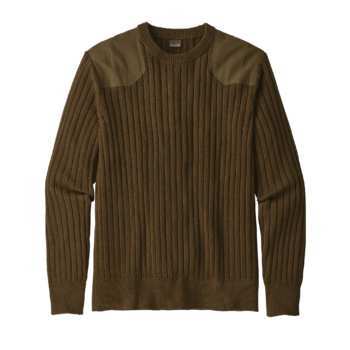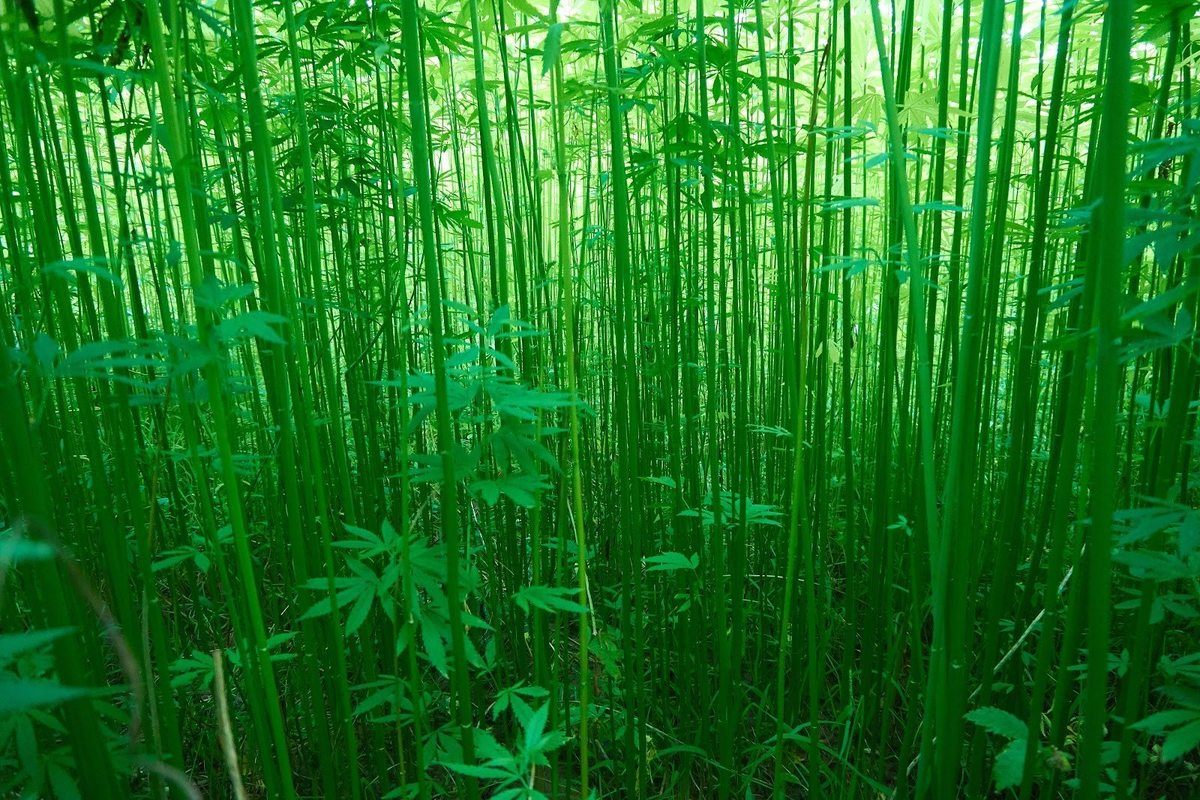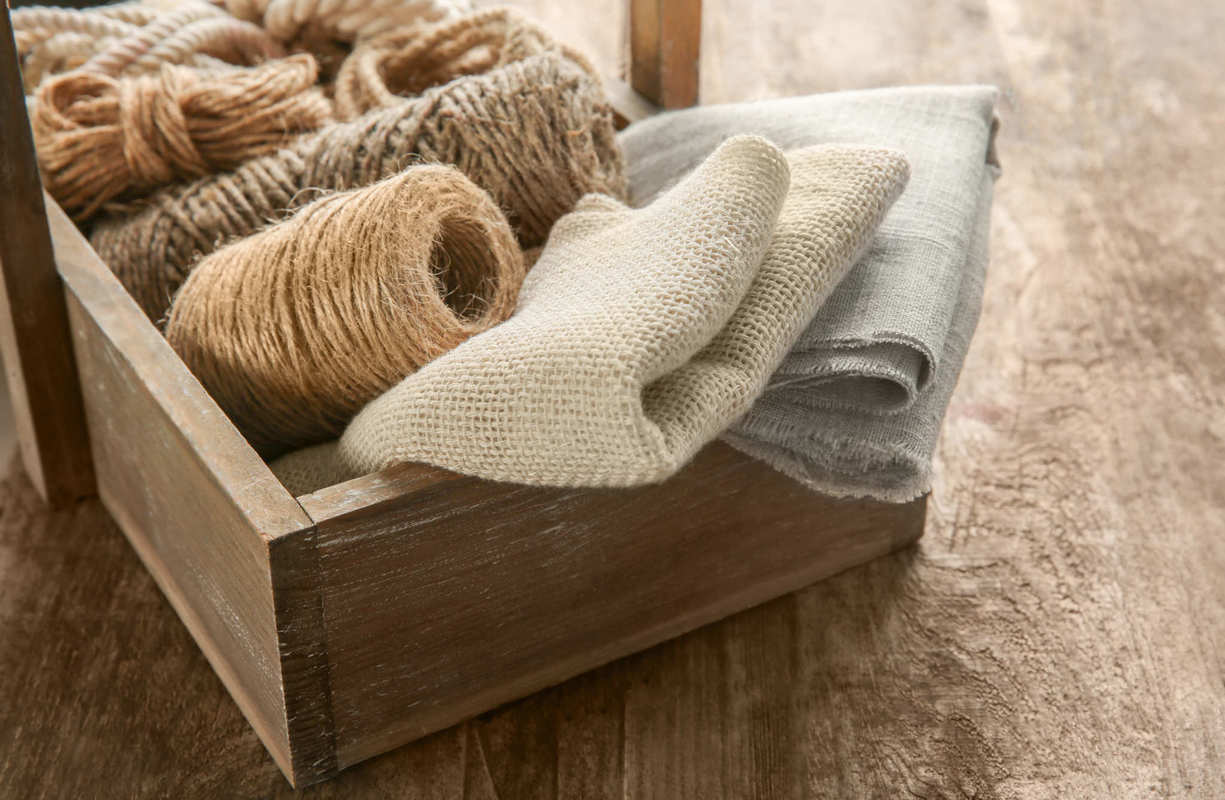REC articles are not the view or opinion of Alpha Extract Administrators
Mediame.guru
How Hemp Fabric Is Made & Why It’s Better
Hemp fabric could be crucial to creating a more comfortable, more sustainable world.
What would you do if we told you that you could buy a T-shirt that lasts longer, is cheaper, and harms the environment less than your average cotton T-shirt? You’d probably tell us that’s impossible, but you’d be wrong. So very wrong.
That’s because hemp clothing exists, and it has all of those advantages listed above and more.
TABLE OF CONTENTS
- Why choose hemp fabric?
- How do you make hemp fabric?
- Comparing natural fabrics: Hemp vs. cotton & wool
- The future of hemp and sustainability
- Hemp fabric buying guide
What makes hemp fabric better?

Hemp clothing has numerous advantages.
Hemp fabric is deliciously soft on the skin, and is known for growing softer with each wear. Hemp is naturally resistant to bacteria and provides natural UV protection. That means it protects your skin, and retains color better than other fabrics. As you can see, hemp fabric is quite practical. It literally prevents you from getting stinky, gets softer with more use, and is stronger and longer-lasting than cotton.
Hemp fabric can have some disadvantages, including a more limited color palette than synthetics, but we feel the benefits more than make up for this.
It’s not only practical but stylish too. Hemp fashion is a real thing, and there are many companies that produce appealing hemp clothing. To name a few: Hemp Horizon, iLoveBad, and Patagonia’s hemp clothing collection. These companies are producing awesome clothing; clothing that makes us want to drop hundreds of dollars on sweaters and underwear. Just look at Patagonia’s Fog Cutter Sweater, it’s perfect for Michigan’s chilly fall weather.
Style isn’t the biggest upside of hemp, though. The biggest advantage of hemp fabric is its production methods and hemp’s environmental impact (or lack thereof).
How do you make hemp fabric?
The production of the clothes that we use everyday aren’t something most people think about. Clothes are simply things that we buy and wear. Most of us aren’t aware of the hyper-complex supply chain systems needed to bring that simple cotton t-shirt to our local Walmart. That sentiment is true of all fabrics, including hemp.
Let’s take a quick dive into how hemp textiles are produced.

Recreator, another hemp brand we love, outlined how hemp fabric is produced:
- Cultivation
- Harvesting
- Retting (The process whereby naturally occurring bacteria and fungi, or chemicals, break down the pectins that bind the hemp fibers to be released. Common techniques consist of soaking in water, or laying on the ground and letting dew do the ‘retting’)
- Breaking
- Scutching (Beating stems, which separates the desired fibers from the hemp’s woody core)
- Hackling (combing of the stems to remove unwanted particles)
- Roving (improves strength)
- Spinning (can be wet and dry spun)
Recreator explains in more detail, but it’s a labor intensive process. Modern day production methods of hemp are closely related to the traditional methods but done in a much more efficient manner, with the invention of more effective modern equipment. The core principles stand: grow hemp, break it down, separate the fibers, and then spin into a textile.
How hemp fabric compares to other natural fabrics
How does hemp production compare to other textiles?
- Cotton: Cotton is grown in fields, like hemp, and is harvested by cotton harvesters, those big machines that can harvest cotton at a super-human rate. Then, like hemp, cotton is put through a “ginning” process, in which the fibers are separated from the seeds. The fibers are put through multiple processes that further refine them, like scutching, hackling and roving. Once the cotton is ready, it is spun into fabric.
- Wool: This material is easier to process, as it takes less steps to reach its final product. One needs to harvest the wool, then process it via techniques called ‘carding’ and ‘combing’ that smooths and refines the wool, and then weave or knit it into the fabric. Although easier to process, cattle farming creates its own carbon foot print and a great deal of waste. Not only do you have to use energy and water to process wool, but you have to feed, clean, and maintain the sheep. Sheep who produce methane-dense waste and require more resources to survive than a plant.

Right now, most hemp products in the U.S., especially outside of CBD oil, are made from imported hemp. This increases both the carbon footprint, or environmental cost of making hemp products, and the final cost that you, the consumer, pay to buy them. We hope that some of this changes as hemp is fully legalized in the US in the near future.
Fabric is just the beginning
While hemp is harvested and processed similarly to other fabrics, its main advantage is through the hemp plant itself.
Hemp uses about 5% the amount of water it takes to grow cotton and can often be rain-fed. Hemp can grow in almost all soil conditions, and unlike cotton (which depletes the soil of nutrients) hemp’s deep-reaching roots preserve the topsoil and subsoil. Hemp grows densely as well, leaving no room for weeds and competing plants and is less vulnerable to insects, which means little to no use of pesticides. Lastly, hemp grows extremely fast, only needing 120-days to be ready for harvest. We’ve compared hemp and cotton before, and while not everyone agrees, we think hemp is the winner.
Don’t forget that we’re only talking about the stalk of the hemp plant, which is the part used to make hemp fabric. The leaves and seeds are used to make hemp seed oil, hemp fuel, and other products that each have their own benefits.
We’ve come again to a conclusion that we’ve come to many times before: hemp is a super-plant. From its practical uses to environmental sustainability, the hemp plant comes out on top, out-performing all competitors.
Buying guide
We thought we’d offer a few places where you can buy hemp fabric. Unfortunately, there aren’t as many sources where you can buy hemp fabric online as we’d like. Now that hemp is legal in the U.S., we hope to see the options expand in the near future.
Here’s a couple of options. If you know about more, leave us a comment or send us an email.
- Nature’s Fabrics (link) — Nature’s Fabrics is a family-owned business based out of Pennsylvania. Our video producer Jessica has ordered from them, and they’re one of the only U.S.-based sources we know about for hemp fabric.
- Hemp Fabric Lab (link) — Based in India, Hemp Fabric Lab offers many unique hemp and hemp-blended fabrics and has no minimum order, making them an attractive option despite the cost of international shipping. Check out this article from Hemp Fabric Lab on the state of the hemp industry in India.
